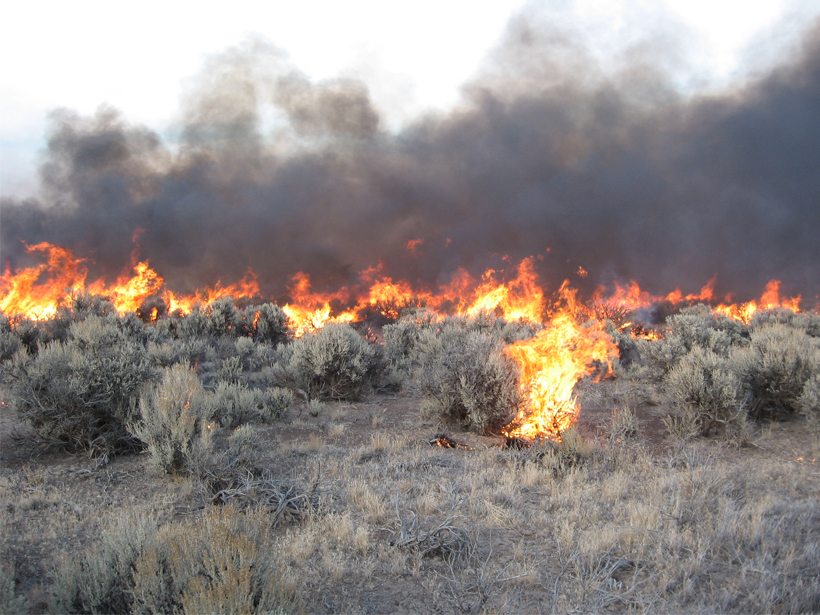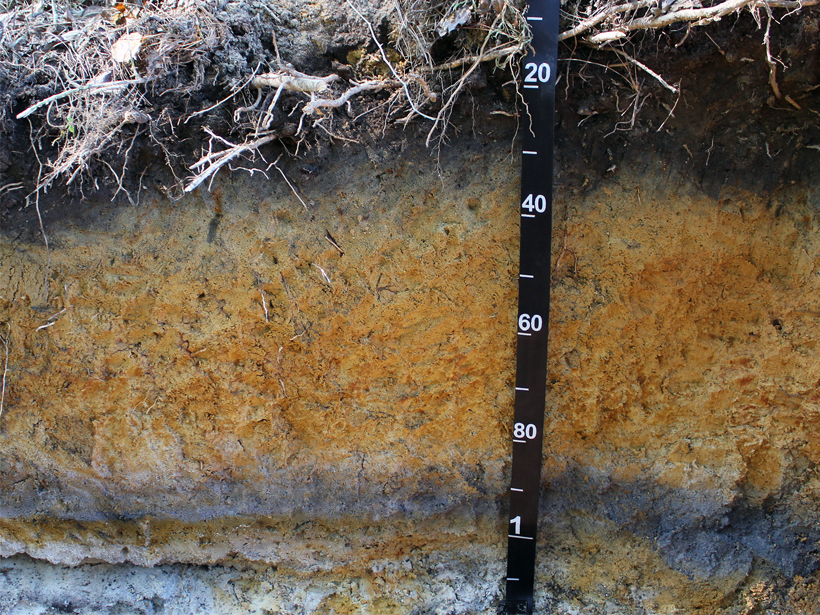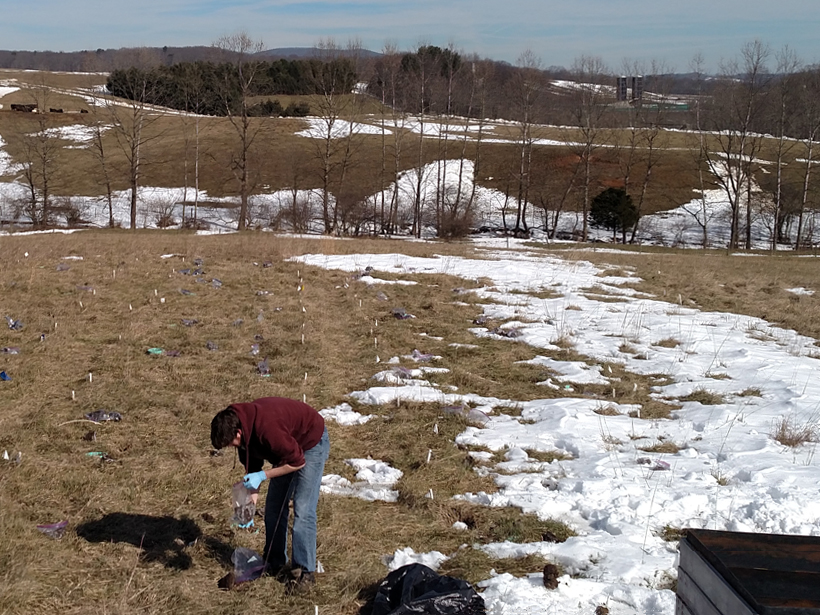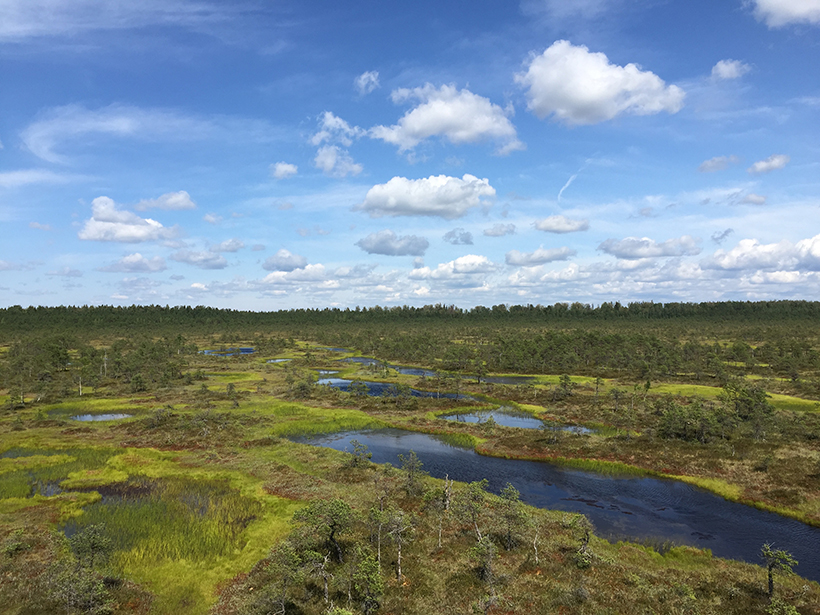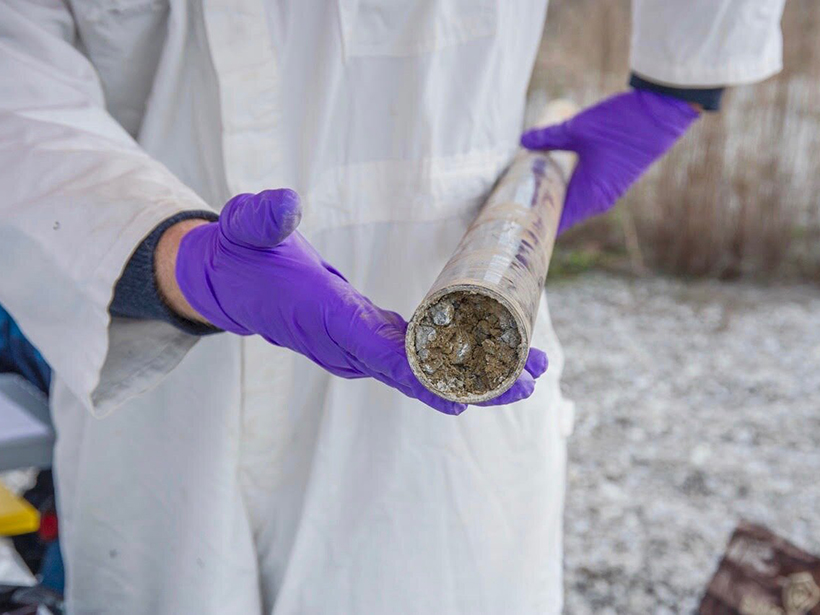Soil moisture information could improve assessments of wildfire probabilities and fuel conditions, resulting in better fire danger ratings.
soils
A Dirty Truth: Humans Began Accelerating Soil Erosion 4,000 Years Ago
Recent research combining analysis of carbon dating, sediment accumulation rates, and pollen records from 632 lake beds worldwide finds deforestation tied to increased soil erosion.
Looking for Prehistoric Pollen? Check the Floodplains
A new methodology calculates the soil properties most likely to preserve pollen.
Peatlands Are Drying Out Across Europe
Peatlands are some of the world’s largest reservoirs of soil carbon, but new research finds that in Europe they are drying out, putting them at risk of turning from carbon sinks to carbon sources.
Manure Happens: The Environmental Toll of Livestock Antibiotics
New findings suggest antibiotics in cow manure can alter soil microbial activity, with implications for soil fertility and carbon emissions.
Resilient Peatlands Keep Carbon Bogged Down
Boreal peatlands contain some of the world’s largest reservoirs of soil carbon, and new research suggests some peatlands may hold on to that carbon even as the climate changes.
Methane-Releasing Tundra Soils Freezing Later Each Year
Scientists find links between delayed freezing of Alaskan soils and higher atmospheric methane concentrations during the cold season.
Soil Moisture Drives Great Plains Cloud Formation
A new study shows that models that reproduce moisture on land are better at accurately recreating cumulus cloud behavior.
Organic Gases Released and Taken Up by Soil Lack Quantification
Soils both emit and take up different biogenic volatile organic compounds, altering the chemical composition of the atmosphere and influencing local, regional, and global climate.
New Tool Reveals That Soils Are Teeming with Active Microbes
BONCAT, a new type of amino acid tagging, highlights and categorizes active soil microbes in situ.

